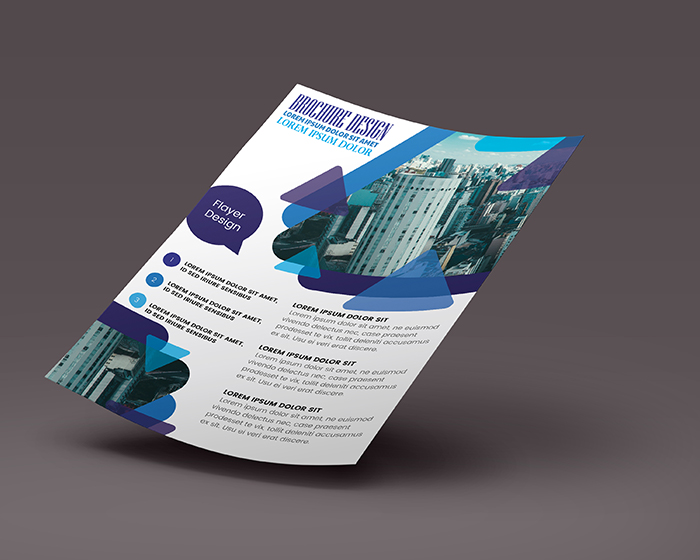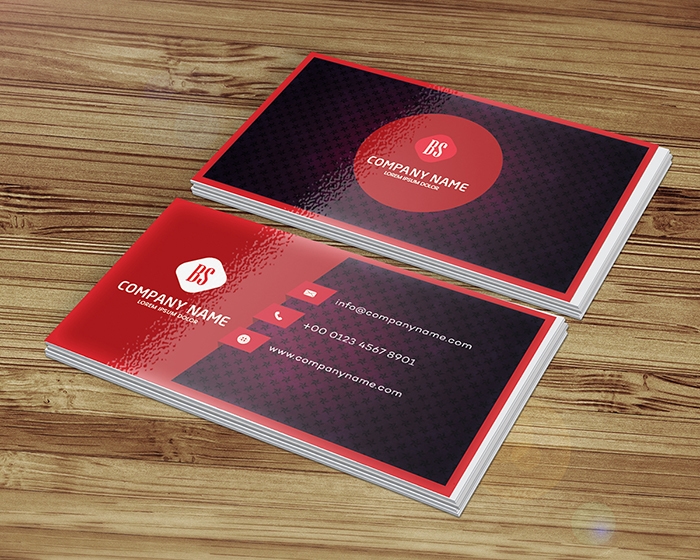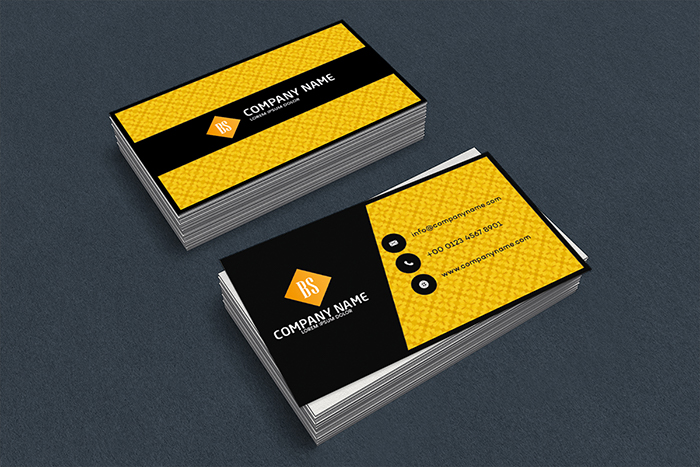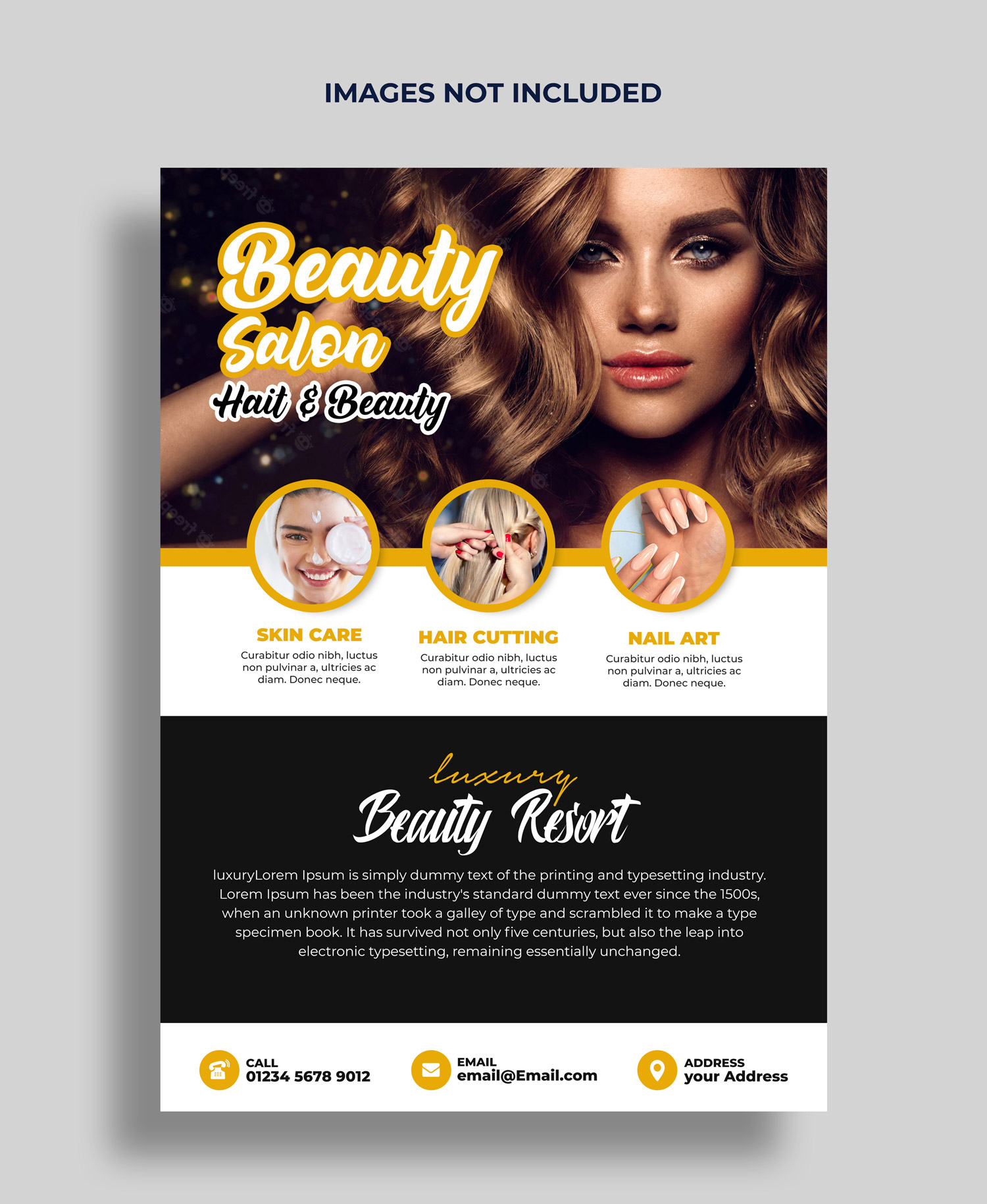Business Audience Flyer Design

More free Designs to download
Services info Flyer Design
DowasnloadBatman Logo for social media use
DowasnloadCar shop Logo Design
DowasnloadFree Download Fitness Logo Design
DowasnloadUrban business card design
DowasnloadHappy Independence Day Post Design
DowasnloadMinimalist business card design
Dowasnloadprofessional business card designs
DowasnloadNatural business card design
DowasnloadDownload Your Free Salon Marketing Flyer – Boost Your Beauty Business!
DowasnloadFlyer Design for Business
DowasnloadMusic Flyer Design
DowasnloadFree for more insights
Business Audience Flyer Design

Introduction:
In The Dynamic World Of Business Effective Communication Is Paramount. Business Audience Flyer Design Plays A Pivotal Role In Conveying Information Promoting Products Or Services And Creating A Lasting Impact. This Exploration Delves Into The Intricacies Of Designing Flyers Tailored For A Business Audience Unraveling The Key Principles Creative Process And Impactful Strategies.
Understanding The Business Audience:
Identifying Target Demographics:
Before Delving Into Design It’s Crucial To Identify The Specific Demographics Of The Business Audience. Understanding Their Preferences Needs And Challenges Is The Foundation For Creating A Compelling Flyer.
Analyzing Business Objectives:
Tailoring The Flyer Design To Align With The Business’s Objectives Is Essential. Whether It’s Promoting A New Product Announcing An Event Or Showcasing Services The Design Should Serve The Overall Goals.
Emphasizing Professionalism:
Business Audiences Expect Professionalism. The Design Should Reflect The Brand’s Identity Maintaining A Cohesive And Polished Look That Instills Confidence In The Audience.
Core Principles Of Business Audience Flyer Design:
Clarity And Conciseness:
Information Should Be Presented Clearly And Concisely. Business Audiences Often Have Limited Time So The Flyer Should Convey Key Messages At A Glance.
Visual Hierarchy:
Establishing A Visual Hierarchy Guides The Audience’s Attention. Important Information Such As Headlines Or Key Offers Should Be Prominent Ensuring A Smooth Flow Of Information Consumption.
Consistent Branding:
Maintaining Consistent Branding Elements Including Colors Fonts And Logos Reinforces Brand Identity. A Cohesive Design Fosters Recognition And Trust Among The Business Audience.
Compelling Call-To-Action (CTA):
A Compelling CTA Motivates The Business Audience To Take Action. Whether It’s Making A Purchase Attending An Event Or Contacting The Business The CTA Should Be Clear And Persuasive.
The Creative Process Of Business Audience Flyer Design:
Research And Inspiration:
The Design Journey Begins With Thorough Research And Gaining Inspiration. Analyzing Successful Flyers Within The Industry And Drawing Ideas From Innovative Designs Set The Stage For The Creative Process.
Conceptualization And Sketching:
Brainstorming Ideas And Sketching Initial Concepts Help Visualize The Design. Considering Layout Imagery And Overall Aesthetics Contributes To The Creation Of A Compelling Flyer.
Digital Rendering And Iteration:
Transitioning To Digital Platforms Allows For The Actualization Of Concepts. Experimenting With Color Schemes Typography And Imagery Followed By Iterative Adjustments Refines The Design For Maximum Impact.
Feedback And Collaboration:
Collaboration With Stakeholders Including Marketing Teams Or Business Executives Is Crucial. Collecting Feedback Ensures That The Design Aligns With Business Goals And Resonates With The Intended Audience.
Testing For Readability And Appeal:
Testing The Flyer For Readability And Visual Appeal Is Essential. Assessing How The Design Appears Both In Print And Digital Formats Helps Identify Any Adjustments Needed For Optimal Presentation.
Finalization And Printing Guidelines:
The Design Process Concludes With Finalizing The Flyer And Creating Comprehensive Printing Guidelines. Ensuring That The Design Translates Well From Digital To Print Is Vital For Effective Distribution.
Contemporary Trends In Business Audience Flyer Design:
Interactive Elements:
Incorporating Interactive Elements Such As QR Codes Or Augmented Reality Features Engages The Business Audience. These Elements Provide An Immersive Experience Enhancing The Overall Impact Of The Flyer.
Minimalistic Aesthetics:
Minimalism Continues To Be A Prevalent Trend. Clean Lines Ample White Space And Simple Yet Elegant Designs Convey A Sense Of Sophistication And Modernity.
Personalized Content:
Tailoring Content To The Specific Needs And Interests Of The Business Audience Adds A Personalized Touch. Variable Data Printing Allows For Customized Elements Enhancing The Relevance Of The Flyer.
Innovative Printing Techniques:
Exploring Innovative Printing Techniques Such As Embossing Foil Stamping Or Die-Cutting Adds A Tactile And Memorable Dimension To The Flyer. These Techniques Elevate The Perceived Value Of The Content.
Impactful Business Audience Flyer Examples:
Apple Business Events Flyer:
Apple’s Business Events Flyers Exemplify Simplicity And Sophistication. Clean Layouts High-Quality Visuals And Concise Text Create An Elegant Presentation Tailored For A Professional Audience.
IBM Product Launch Flyer:
IBM’s Product Launch Flyers Focus On Clarity And A Compelling Visual Hierarchy. Bold Typography Strategic Use Of Color And A Well-Defined CTA Contribute To An Effective Design.
Linkedin Networking Event Flyer:
Linkedin’s Networking Event Flyers Prioritize Personalized Content. Tailored Messages Relevant Imagery And Interactive Elements Showcase A Modern Approach To Engaging The Business Audience.
Hubspot Services Flyer:
Hubspot’s Services Flyers Maintain Consistent Branding And Incorporate Minimalistic Aesthetics. The Use Of Infographics And Concise Content Ensures That Key Information Is Easily Digestible For The Business Audience.
Challenges And Considerations In Business Audience Flyer Design:
Balancing Information And White Space:
Striking The Right Balance Between Providing Essential Information And Incorporating White Space Is A Challenge. Avoiding Clutter Ensures That The Flyer Is Visually Appealing And Easy To Read.
Adapting To Various Platforms:
Business Audiences May Access Flyers Through Various Platforms Including Print Email Or Social Media. Designing Flyers That Adapt Seamlessly To Different Platforms Requires Careful Consideration Of Layout And Dimensions.
Compliance With Brand Guidelines:
Ensuring That The Flyer Design Complies With Established Brand Guidelines Is Crucial. Deviating From Branding Elements Can Lead To Inconsistencies And Diminish The Overall Impact Of The Design.
Conclusion:
Designing Flyers For A Business Audience Is A Dynamic And Strategic Process That Requires A Deep Understanding Of Both The Business’s Objectives And The Preferences Of The Target Audience. By Adhering To Core Design Principles Embracing Contemporary Trends And Navigating Challenges With Creativity Businesses Can Create Flyers That Not Only Convey Information But Leave A Lasting Impression On Their Professional Audience.
X












